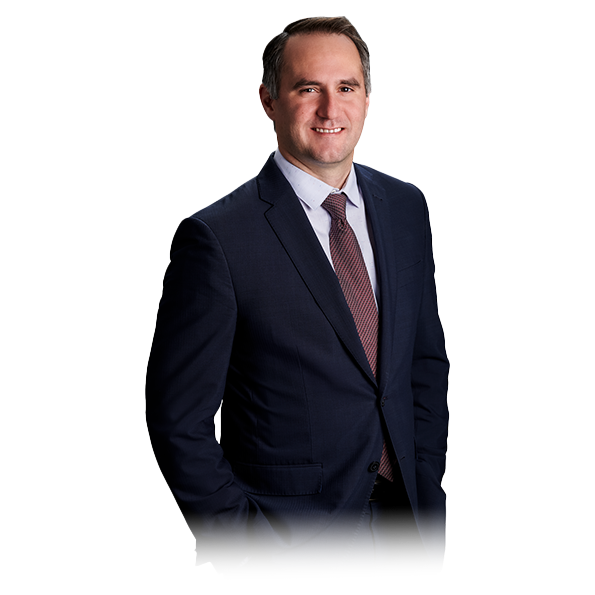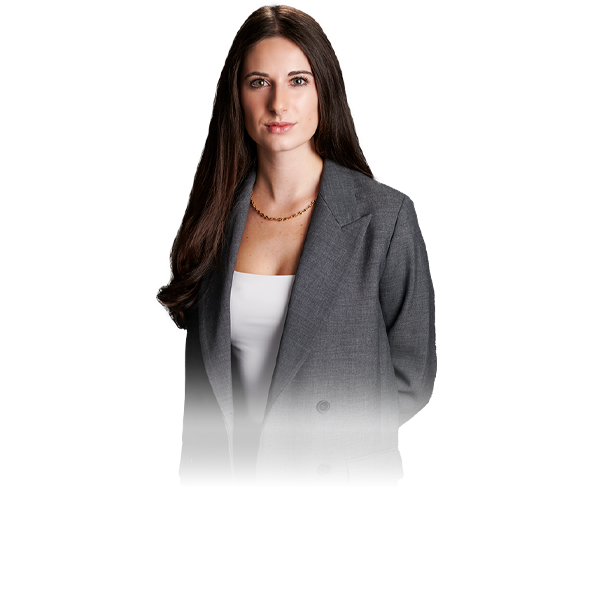On October 24, 2019, the Supreme Court of British Columbia released Crowder v. British Columbia (Attorney General), 2019 BCSC 1824, wherein it ruled that Rule 11-8 of British Columbia’s Supreme Court Rules, which aimed to limit the number of experts in a vehicle action to three per party (with exceptions), is unconstitutional under section 96 of the Constitution Act and is of no force and effect.
Rule 11-8 was enacted by the Lieutenant Governor in Council on February 11, 2019. The Rule states that a party to a “vehicle action” may tender expert evidence on the issue of damages from up to three experts, with one report from each expert. Exceptions apply to vehicle actions before February 11, 2019. Parties are also allowed to tender reports from additional experts by consent, in response to a report served on them by an opposing party, from a joint expert ordered by the court, or from an expert appointed by the court.
Mr. Crowder commenced a vehicle action on October 24, 2017. He alleges to have sustained a number of injuries in a motor vehicle accident on May 30, 2017, including but not limited to traumatic brain injuries, injuries to his left eye and facial bones, a number of soft tissue injuries, cognitive impairments, PTSD and depression. Mr. Crowder argued that the three-expert limit in Rule 11-8 makes it impossible for Mr. Crowder to discharge his burden of proof on the nature, duration and extent of his injuries, and his long-term prognosis, including his long-term function and the lifetime care he will need. The Trial Lawyers Association of British Columbia also petitioned the impugned Rule.
Chief Justice Hinkson agreed with the petitioners’ challenge of Rule 11-8 on two grounds: first, that Rule 11-8 Orders are not authorized by British Columbia’s Court Rules Act; and second, that Rule 11-8 Orders are unconstitutional in that they contravene section 96 of the Constitution Act, 1867.
With respect to the first ground, Chief Justice Hinkson applied the analytical framework provided in Katz Group Canada Inc. v. Ontario (Health and Long-Term Care), 2013 SCC 64 to find that the enactment of Rule 11-8 was an unreasonable exercise of the government’s power under the Court Rules Act and is therefore ultra vires the Act. He found that the Rule affects the content of proceedings, rather than merely their process, by “pre-determining” what will constitute sufficient evidence on the issue of damages. Under common law, absent express authority to the contrary, the rules of civil procedure cannot effect such a change in substantive law.
With respect to the second ground, Chief Justice Hinkson determined that Rule 11-8 interferes with the court’s ability to hear and determine cases that come before it. He observed that the arbitrary limit of three expert witnesses to address damages would result in the unfairness described by Justice McLachlin (as she then was) in Porto Seguro Companhia De Seguros Gerais v. Belcan S.A., [1997] 3 SCR 1278, where a prohibition on expert evidence amounts to a violation of the principle of natural justice by denying a litigant’s fundamental right to be heard.
Chief Justice Hinkson was also cautioned by the fact that, under Rule 11-8, the court would be asked to play an investigatory function by appointing expert witnesses, in contrast to its usual impartial, adjudicative role. Transferring the responsibility of ensuring that there is relevant evidence upon which to decide issues in a personal injury case from the parties to the court intrudes upon the core function of the court: to decide a case fairly upon the evidence adduced by the parties. The expectation that court would engage in a planning exercise with counsel prior to trial in order to determine what evidence is needed would require judges to depart from their traditional non-adversarial role, and consider how a case might be best presented, contrary to the principle of party presentation.
Further, from a practical standpoint, Chief Justice Hinkson expressed concern about the practical effects of the Rule if a court determines that further evidence is necessary to decide a case on its merits, including adjournments of trials, scheduling difficulties, and the burden to parties that would have to deal with evidence with little or no notice.
While Chief Justice Hinkson accepted that Rule 11-8 would not prevent the court from receiving expert evidence entirely, it would place a duty on the court to ensure that it has sufficient expert evidence before it determines a proceeding on its merits. As a result, the Rule compromises and dilutes the role of the court, and encroaches upon a core area of the court’s jurisdiction to control its process, in contravention of section 96 of the Constitution Act.
Crowder has potential implications in Ontario in light of the recent changes to the Rules of Civil Procedure taking effect January 1, 2020. Rule 76 was recently amended to also limit the number of experts to three but only in respect of claims that are within the monetary jurisdiction of the rule, being $200,000 or less. Further, examinations-in-chief must be conducted solely by affidavit and the only oral evidence permitted is by cross-examination and re-examination. Through this change, the Ontario government expects to reduce the time and cost spent by parties in litigation.
The question is whether Crowder can be distinguished by reason of its application to all personal injury claims in BC rather than those with a monetary value below $200,000 in Ontario. The expectation is that this distinction will be viewed as important, where proportionality is very much an expectation espoused by the courts in the prosecution of claims.
If you have a question about this blog or a similar file, please contact Eric Grossman at 416-777-5222













